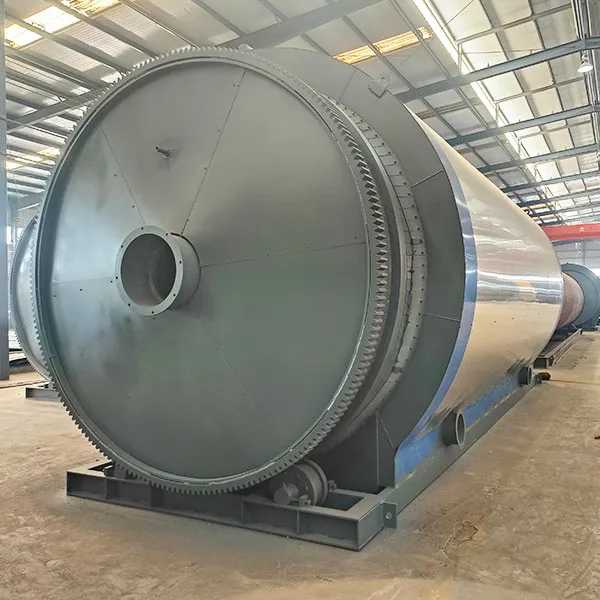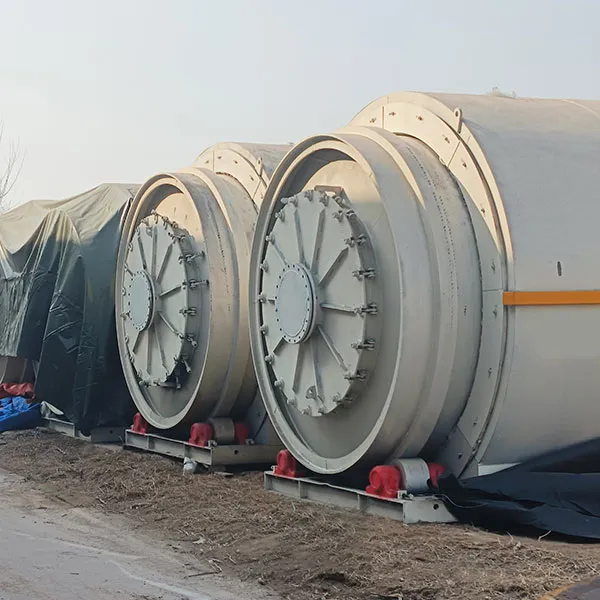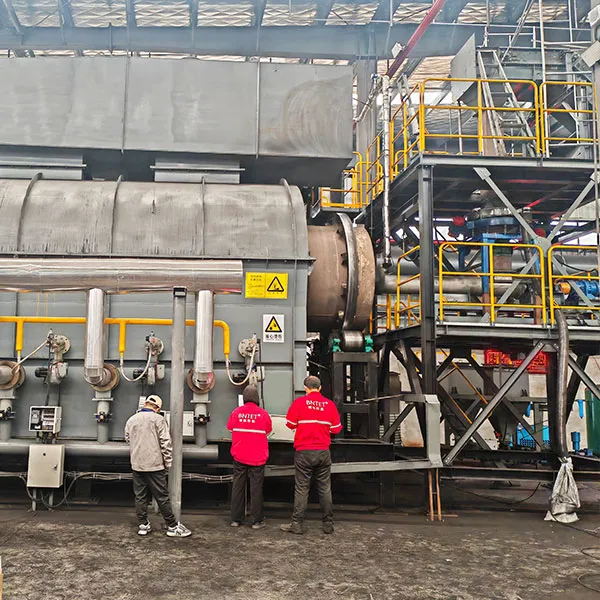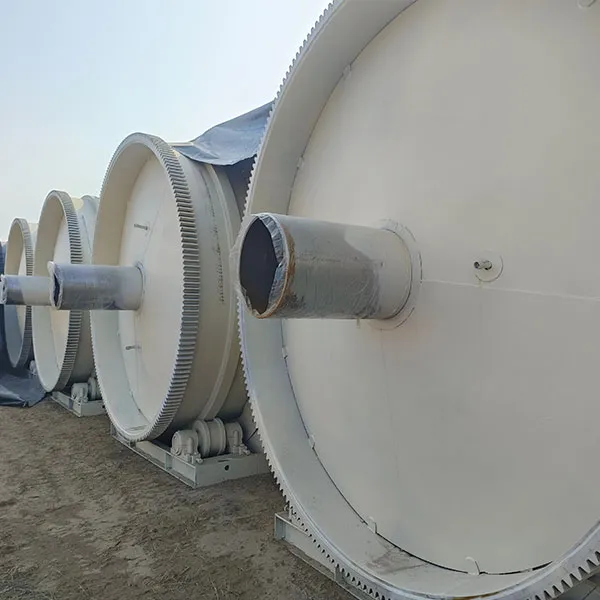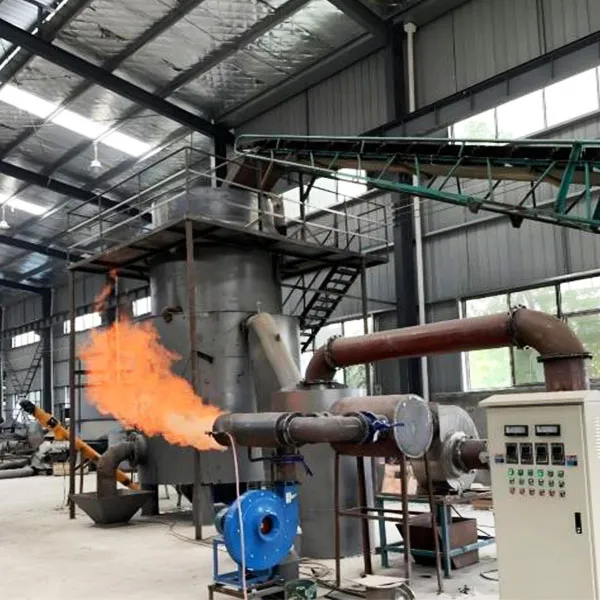What are the byproducts of biomass gasifier
2025-03-12 14:36:08
Biomass gasifiers produce a variety of by-products during the conversion of biomass feedstock to combustible gas. The types and quantities of these by-products depend on the type of gasifier, the characteristics of the feedstock and the operating conditions. The following are the main by-products of biomass gasifier and their characteristics:
1. Combustible gas (main product)
Although not a by-product, it is the main product of the gasification process and mainly includes:
●Carbon monoxide (CO)
●Hydrogen (H₂)
●Methane (CH₄)
●Small amounts of other hydrocarbons
These gases can be used to generate electricity, heat or as chemical raw materials.
2. Solid by-products
(1) Ash
Source:Inorganic materials (such as silicon, calcium, magnesium, etc.) in the biomass feedstock are not completely transformed in the gasification process, forming ash residue.
Characteristics:
The composition of ash residue is related to the type of feedstock and usually contains minerals and trace metals.
The amount of ash residue is small, accounting for about 1% to 5% of the weight of the raw material.
Uses:
It can be used as fertilizer for soil improvement.
It can be used to make building materials such as bricks or cement additives.
(2) Coke (Char)
Source: carbon residue not fully reacted during gasification.
Characteristics:
Coke has a porous structure with a large surface area.
It contains some fixed carbon and ash.
Uses:
Can be used as an adsorbent for sewage treatment or air purification.
It can be further burned and utilized as fuel.
Can be used to prepare activated carbon.
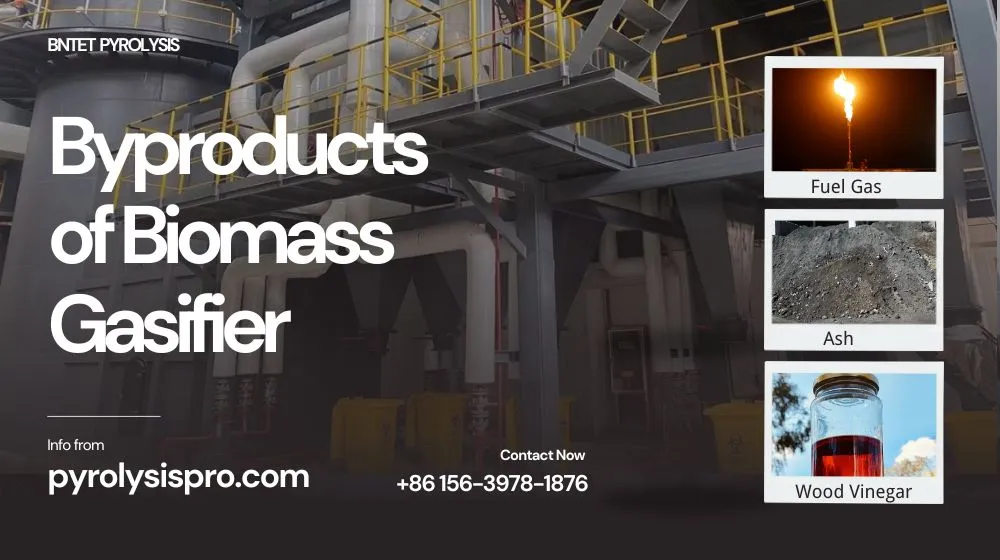
3. Liquid by-products
(1) Tar
Source: Complex organic compounds produced by pyrolysis of biomass during gasification.
Characteristics:
Tar is a viscous black liquid containing benzene, phenol, polycyclic aromatic hydrocarbons and other organic substances.
Tar can clog pipes and equipment and affect gasifier operation.
Uses:
After treatment, it can be used as a chemical raw material or fuel.
It can be converted into combustible gas by catalytic cracking.
(2) Wood Vinegar Liquid (Wood Vinegar)
Source: Liquid condensed during gasification, containing water, organic acids, alcohols, ketones and other components.
Characteristics:
With acidic, low pH value.
Contains a variety of organic compounds, has a certain sterilization and antioxidant effect.
Uses:
Can be used as organic fertilizer or soil conditioner.
Can be used to make pesticides or disinfectants.
Can be used in food processing or medicine.
4. Gas by-products
(1) Carbon dioxide (CO₂)
Source: Some carbon is oxidized to produce carbon dioxide during gasification.
Characteristics:
Carbon dioxide is a greenhouse gas, but carbon dioxide from biomass gasification is considered carbon neutral because the biomass feedstock absorbs an equivalent amount of carbon dioxide during growth.
Uses:
Can be used in food processing, refrigeration or chemical production.
It can be sequestered or utilized through carbon capture technology.
(2) Nitrogen (N₂)
Source: nitrogen brought in by the air used in the gasification process.
Characteristics:
Nitrogen is an inert gas and does not participate in the gasification reaction.
Uses:
It is usually emitted directly into the atmosphere with no significant impact on the environment.
5. Other trace by-products
●Hydrogen sulfide (H₂S): originated from the sulfur element in raw materials, corrosive and toxic, need to be removed by desulfurization equipment.
●Ammonia (NH₃): derived from nitrogen in raw materials, can be removed by catalytic decomposition or adsorption.
●Dust: fine particles produced in the gasification process, which need to be treated by dust removal equipment.
6. By-product treatment and utilization
The by-products of the biomass gasifier may cause pollution to the environment if they are not handled properly. Therefore, the following measures need to be taken:
●Tar treatment: reduce the tar content by condensation, filtration or catalytic cracking technology.
●Ash utilization: Use ash in agriculture or building materials to achieve resource utilization.
●Gas purification: purify the gas through desulfurization, denitrogenation and dust removal equipment to reduce pollutant emissions.
Summarize
The by-products of biomass gasifier include ash, coke, tar, wood vinegar liquid, carbon dioxide and so on. These by-products, if reasonably utilized, can be turned into treasures, further improving the economy and environmental protection of biomass gasification. By optimizing the gasification technology and by-product treatment process, the efficient use of biomass resources and sustainable development can be achieved.


